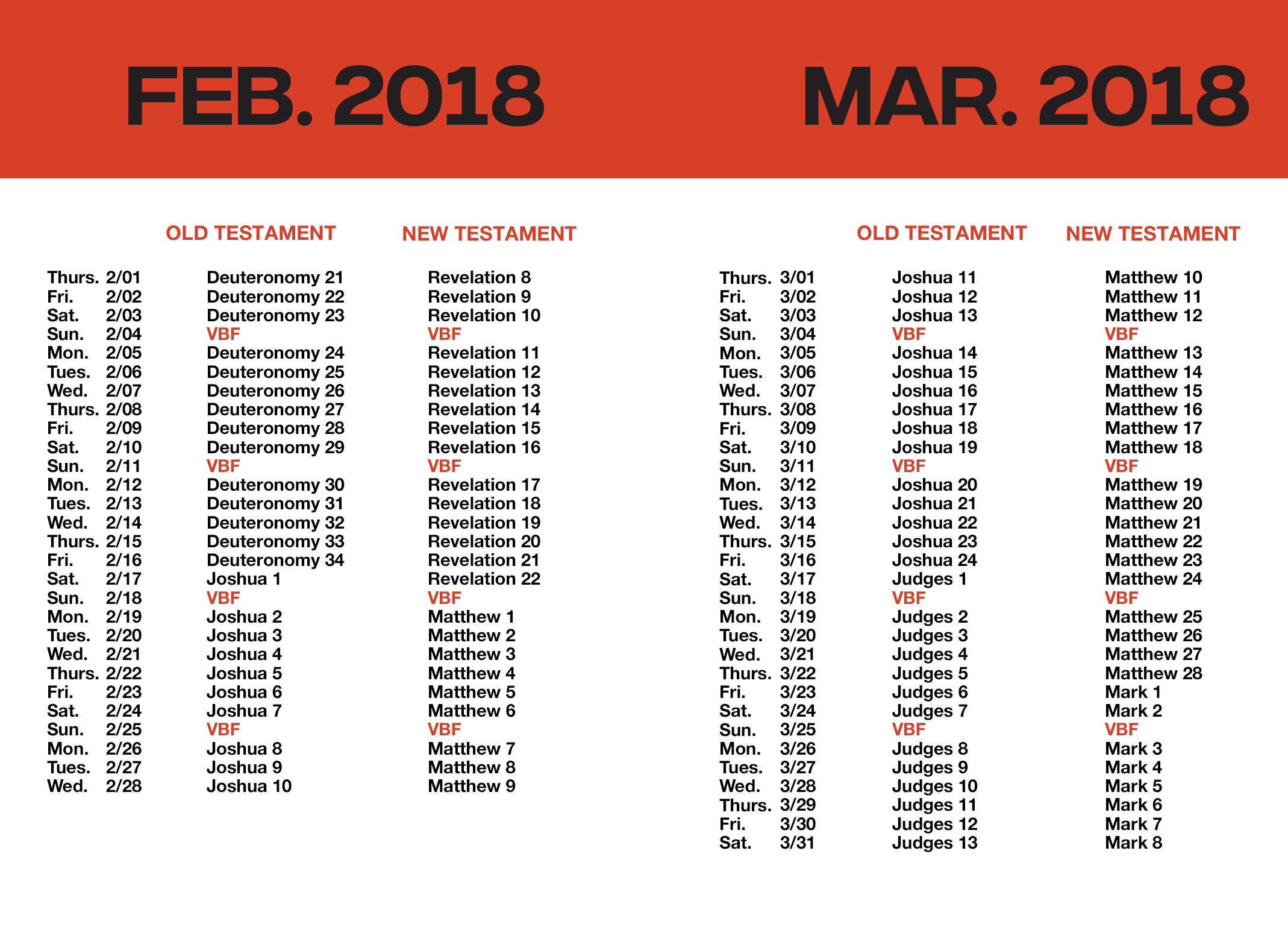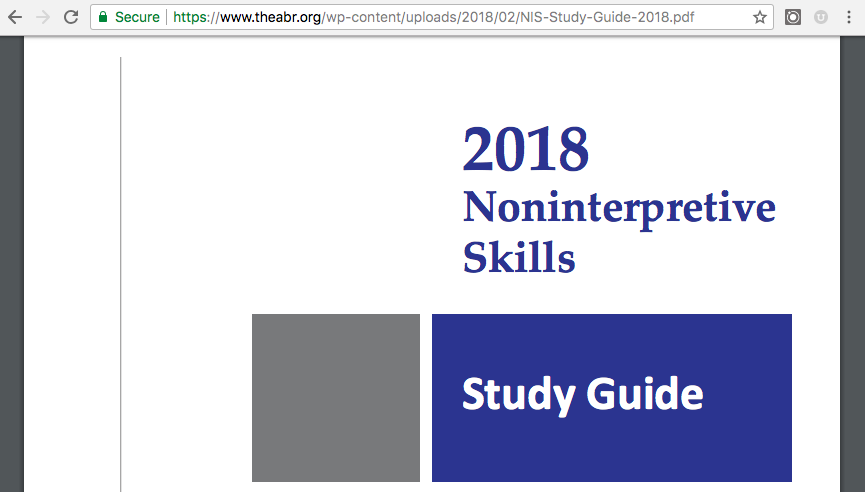Study Guide 2018


Contamination by chemicals or other toxins is the final source of foodborne illnesses after bacteria, viruses, parasites, and mold. Food and Drug Administration lists chemical contaminants, metals, natural toxins, and pesticides as the primary causes of non-pathogenic foodborne illnesses.
This study guide is a compilation of CAMICB'S identified knowledge areas. Copyright © 2018 by the Community Association Managers International. Comprehensive CMCA examination study plan, building on your personal professional.
Asvab Study Guide 2018
Natural toxins are generally a byproduct of food processing techniques, and do not include toxins associated with inherently poisonous foods, such as some species of mushrooms or fish. Allergies are immunological conditions that are triggered by allergens, but allergic reactions are not considered a foodborne illness. Detergent is considered a chemical contaminant. While detergent is often used in dishwashers and at the pot washing station, when it comes to consuming food, having a chemical detergent present in the food is certainly an example of a chemical hazard. Glycerol, also known as glycerine or propanetriol, is a non-toxic artificial sweetener, so it is not a contaminant. Unwashed vegetables may have residual pesticides on them, but they are more likely to harbor biological contaminants such as disease.
The level of water activity required for microbial growth is 0.85. Any level higher than this is considered an environment prone to bacterial growth. For this reason, it is important to treat all foods with water activities above this value as a potentially hazardous food. Water activity (aw) is a measurement of the moisture content of a food, expressed as a ratio of the vapor pressure in the food item in a given condition vs. The vapor pressure of distilled water in the same condition. The amount of unbound H2O molecules present in a food generally correlates directly to the likelihood of microbial growth on the food, including yeasts, molds, and bacteria.
If you return on Tuesday to find the refrigerator is broken, you should take all of the listed actions. First, you should call a repairman to fix the broken refrigerator. Second, you should throw away all the perishable or spoiled food in the refrigerator. In kitchens, it is common to find non-perishable foods in a refrigerator, such as a sealed can of pickles. If this is the case, then you can save such foods, provided the containers have not been opened and are in the same state that you would find them in the dry storage area of your kitchen. All of the above. While food safety risks are of concern to all people, children, the elderly, as well as people with deficient immune systems have a particular risk for food borne illness.
This is due to the fragile nature of their immune systems. While adults might get sick from certain food borne pathogens (or even worse, die), children under the age of six, the elderly, and the immunodeficient tend to become sick quicker and the level of sickness is usually much more sever.

For these reasons, it is important to be specifically careful when serving the three listed groups of people. All of the above. To prevent contamination from your hands to raw foods served to your customers (such as salads), it is important to always have plastic gloves at each workstation in the kitchen. To prevent surface contamination of microbes, a red bucket full of diluted bleach should be at each station as well. No other red buckets should be found in the kitchen so that only red buckets are recognized as sanitation buckets. Finally, some form of head gear, such as plastic, paper, or mesh hats should be placed at each station to prevent hair from falling into the food.
An air gap is the only way to prevent backflow in drainage and sewage systems. This prevents harmful bacteria from seeping into sinks and other water receptacles in the restaurant. When designing your facility, make sure the contractor and architect are aware of the special requirement of food service establishments.
If you are converting an existing space to fit food safety safety standards, you may also install check valves, which function similarly to air gaps but do not require replacing non-compliant pipes. Local then State then Federal is the order in which to consult when making food safety decisions. First, check the Local ordinances for your food safety requirements, such as the City or County department of health. Second, you should research the State government requirements to make sure you comply with them. Thirdly, you would use Federal resources. The Federal government gives the burden of food safety standards to the States when it comes to restaurants, since the State inspects restaurants. Some Cities, such as New York City, have their own set or requirements.
This means that NYC officials will inspect your restaurant instead of State or County representatives. For this reason, it is important to first check the Local requirements, followed by the State requirements, and finally using Federal resources for general information.
Many historians believe that the three most crucial decades in world history occurred when a small group of men, mostly Jews under the power of the Holy Spirit, took the gospel to the world. The book of Acts is an account of those three crucial decades, which spanned from the resurrection of Jesus, in a.d. 31, to the end of Paul’s first Roman imprisonment, in a.d. 62 (Acts 28:30).
The book must have been written shortly thereafter, for it stops the narrative at that point, though evidence exists that Paul was released from that imprisonment and that he resumed his missionary endeavors, preaching and traveling until he was arrested a few years later and then executed in Rome, in a.d. The book is silent about its author, but church tradition has always identified him as Luke, “the beloved physician” of Colossians 4:14 and traveling companion of Paul (2 Tim.
4:11, Philemon 24). Luke is also traditionally believed to be the author of our third Gospel, no doubt “the first book” mentioned in Acts 1:1 (compare with Luke 1:3). Both Luke and Acts are twin volumes on the beginnings of Christianity, respectively its origin (Jesus’ life and ministry) and expansion (the apostles’ missionary endeavors). Together they comprise about 27 percent of the New Testament, the largest contribution of a single author.
Writing to the Colossians, Paul refers to Luke as a Gentile coworker, someone who was not “of the circumcision” (Col. Luke, then, is the only non-Jewish author of a New Testament book. This seems to explain one of his main themes: the universality of salvation. God has no favorites. The church is called to witness to all people, irrespective of their race, social class, or gender (Acts 1:8; 2:21, 39, 40; 3:25; 10:28, 34, 35).
A failure to do so, whether by prejudice or convenience, is a distortion of the gospel and contrary to the most basic truths of God’s Word. We are, before God, all the same: sinners in need of the redemption found in Christ Jesus. It is not by chance, then, that Luke’s main hero is Paul, “the apostle to the Gentiles” (Rom.
11:13, NIV), to whom almost two-thirds of the book of Acts is dedicated. Other important themes found in Acts include: the sovereignty of God and His divine purpose (Acts 17:24, 25; 20:27; 23:11); the exaltation of Jesus as Lord and Savior (Acts 2:32, 36; 3:13, 15; 4:10–12; 5:30, 31); and especially the role of the Spirit in empowering and guiding the church for its mission (Acts 2:1–4; 4:24–31; 8:14–17, 29, 39; 10:19, 20). In fact, the achievements of the early church were not the result of human wisdom or ability, though it pleased God to use someone like Paul to impact the world in a way that no other apostle did or perhaps was able to do (1 Cor. Acts deals with the formative period of the early church, in which there was considerable administrative and even theological growth. We can see this, for example, in the way the church dealt with questions concerning the time of Jesus’ second coming, the status of the Gentiles, and the role of faith for salvation. What the early church was able to accomplish in such a short period of time, however, is a perpetual testimony of what God can do through those who humble their hearts in prayer, live beyond individual differences, and let themselves be used by the Spirit for God’s honor and glory.
Bls Study Guide 2018
Acts is the story of those called of God to start the work; what can we who are called of God to finish it learn from their story?